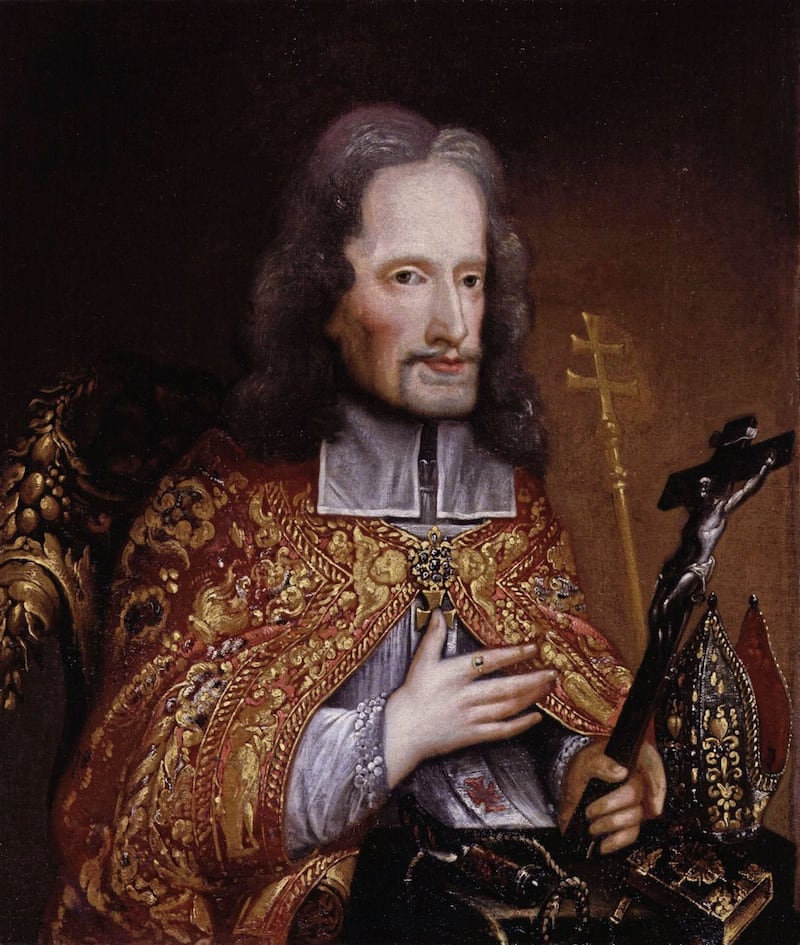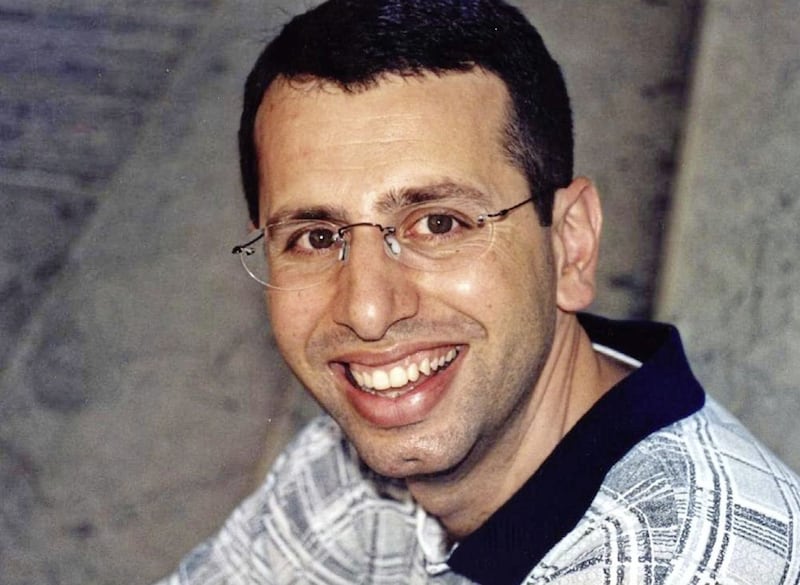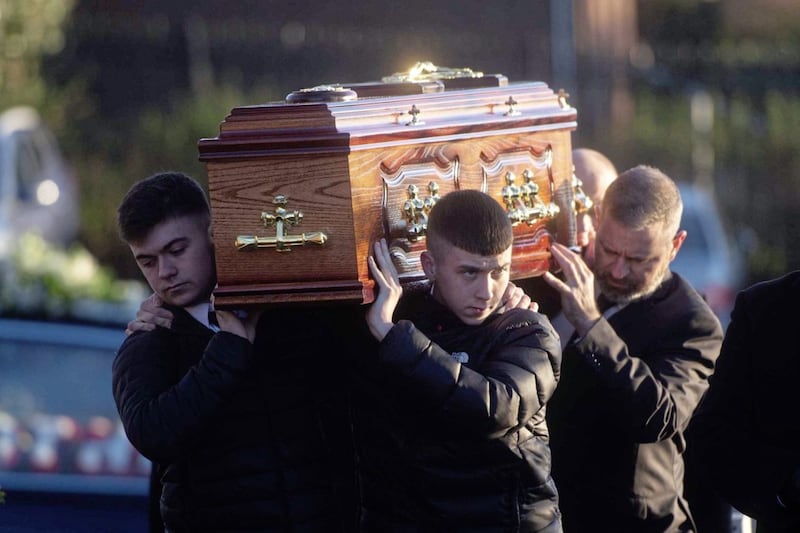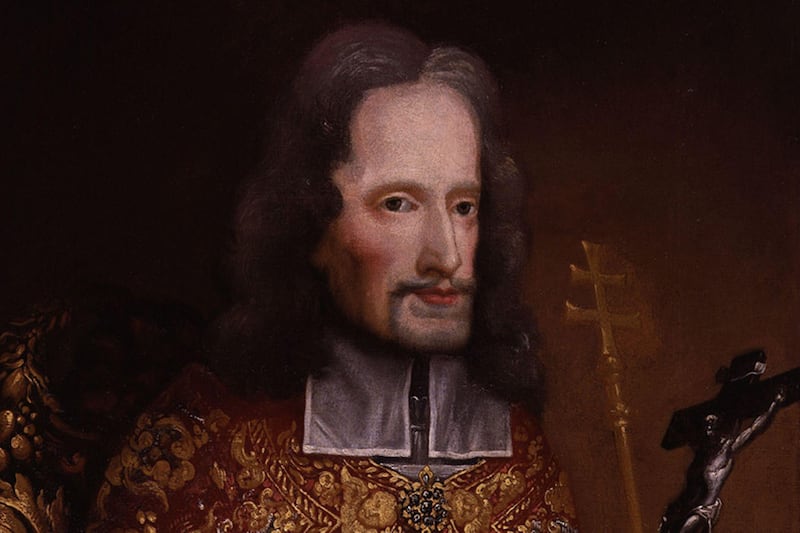IT is surely no accident that the day after Christmas is St Stephen's Day, the Feast of the first martyr, the first to have shed his blood for the name of Christ.
And Jesus said: "If they persecute me, they will persecute you too" (John 15:20). The Litany of Martyrs is as old as the Church itself and it sadly continues.
The road from Stephen's stones winds round the Circus of Rome to the Tudor streets of London, to the rice fields of China during the Second World War, to the Plains of Nineveh in modern Iraq to the little village of Mbalom in Nigeria on the west coast of Africa last April, to the island of Jolo in the Philippines this January past.
The dark night of persecution goes on, lit only by the stars of men and women giving witness to the Light: "The Light the darkness could not overpower" (John 1:5).
Last November Archbishop Eamon Martin, speaking on Red Wednesday, signalled his intention to honour the martyrs of today, yesterday and tomorrow by erecting a statue in Armagh Cathedral of the last resident Irish bishop to be put to death for witnessing to the faith, Saint Oliver Plunkett.

This statue will be unveiled on July 9 to mark the 350th Anniversary of St Oliver's appointment to the See of Armagh in 1669.
In 1673 - less than eight years before his appointment with the scaffold at Tyburn - he was forced to go into hiding with Bishop Brennan of Waterford.
"I count myself fortunate now and again to obtain a little barley bread and the house where Dr Brennan and I are hiding is made of straw and is roofed in such a way that from the bed we can see the stars and at the head of the bed every small shower of rain refreshes us," wrote St Oliver.
"We are resolved to die from hunger and cold rather that abandon our flocks."
The dark night of persecution goes on, lit only by the stars of men and women giving witness to the Light
In February 1674 St Oliver wrote: "It would seem that the days of Nero and Domitian and Diocletian have returned, so we shall have the blood of martyrs in abundance to fertilise the Church." How right he was.
The Armagh Cathedral statue will be cast in bronze by a well-known Dublin sculptor displaying St Oliver in an 'Ecce Homo' pose with his hands tied behind his back and head bowed, but with his right foot set forward, a signal of his intent to follow the Lord to the end.
His face is serene and devoid of fear, reflecting what he wrote on June 22 1681, a week after being sentenced to death; the sentence of death, he said, "il che no mi spaventó niente, ne mi levó un quarto di sonno" - "which did not terrify me in the least, nor take from me even a quarter of an hour's sleep."
But the statue is not just about St Oliver, a martyr of yesterday.
It is also about the martyrs of today - for example, Fr Ragheed Ganni, a native of Iraq, who like St Oliver studied for the priesthood in Rome and while there resided in the Irish College.

He was gunned down after Mass in the city of Mosul on Trinity Sunday, June 3 2007.
His attackers shouted as they killed him: "Why are you still here? We told you to close the Church".
His bishop, Archbishop Paulos Faraj Rahho was murdered nine months later in the same city.
And far away from the plains of Nineveh, a mere few months ago the Cathedral of Jolo in the Philippines was bombed during Sunday Mass killing 20 people and injuring 80, some with life-changing injuries.
Saint Pope Paul VI, who canonised St Oliver in 1975, was wont to quote from Tertullian, an early Church Father who had been converted in 197 AD: "The blood of the martyrs is the seed of the Church".
So this new statue will invite and spur all who stand in its sight and gaze upon it to bear witness to the faith, with the same courage and hope in their day as St Oliver did in his day.
Earlier this year Archbishop Martin visited Iraq and in a town called Batnaya he saw the shocking destruction visited upon the local Christian community - so awful, that he said it brought tears to his eyes.
He also met with Archbishop Bashar Warda in Erbil who, while most grateful for financial assistance to his people from Trócaire among many others, appealed most for prayers to heal the wounds that dollars cannot salve - wounds of trauma, scars of suspicion and hearts of fear.
The official launch of this project was made in the parishes of the Archdiocese of Armagh on Sunday March 24.
Donations have already been made by the priests of Armagh.
It is hoped that others will join them in prayer and with donations so that the statue will be a visible sign of the power of love breaking the shackles of hatred and persecution, today, yesterday and tomorrow - St Oliver, pray for us.

Canon Benny Fee is parish priest of Clonoe and secretary of the organising committee for the statue of Saint Oliver Plunkett.
Enquires about the project - and donations, payable to 'Archdiocese of Armagh (St Oliver Statue)' - can be sent to Canon Fee at 3 Cloghog Road, Clonoe Co Tyrone, BT71 5EH.








